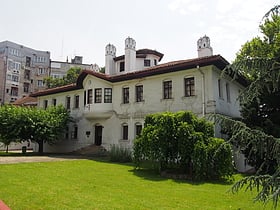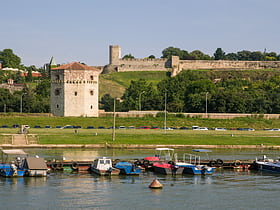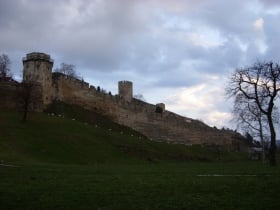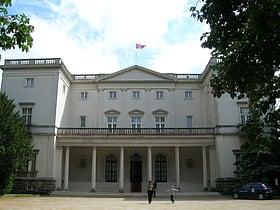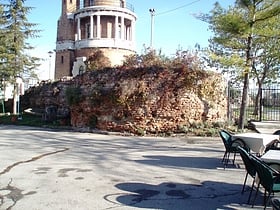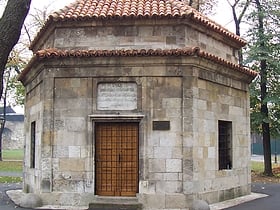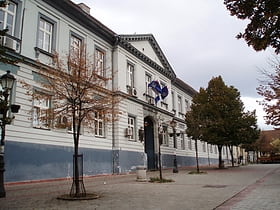Belgrade: Historical Place
Places and attractions in the Historical place category
Categories
- Museum
- Memorial
- Park
- Church
- Neighbourhood
- History museum
- Bridge
- Theater
- Natural attraction
- Nature
- Shopping
- Palace
- Historical place
- Tower
- Specialty museum
- Art museum
- Square
- Street
- Concerts and shows
- Universities and schools
- Shopping centre
- Sport
- Sport venue
- Lake
- Forest
- Cemetery
- Football
- Art gallery
- Arenas and stadiums
Princess Ljubica's Residence
Royal house museum with 1800s decor Princess Ljubica's Residence, nestled in the heart of Belgrade, Serbia, is a cultural and architectural gem that offers a glimpse into the country's regal past. This 19th-century palace was built between 1829 and 1831 for Princess Ljubica Vukomanović, the wife of...
Nebojsa Tower
The Nebojsa Tower, a historic monument nestled in the heart of Belgrade, Serbia, stands as a testament to the city's rich and tumultuous past. Originally constructed in the 15th century to serve as an important defensive structure overlooking the confluence of the...
Belgrade Fortress
Enduring fortress built in 279 BCE The Belgrade Fortress, consists of the old citadel and Kalemegdan Park on the confluence of the Sava and Danube rivers, in an urban area of modern Belgrade, Serbia. It is located in Belgrade's municipality of Stari Grad.
Beli dvor
Royal residence with an elegant interior The White Palace is the official residence of the Yugoslav former royal family. It is located within the Royal Compound, in the Dedinje neighborhood of Belgrade.
Zemun Fortress
The Zemun fortress is a fortification located on a hill in Zemun in Belgrade.
Damat Ali-Paša's Turbeh
Damat Ali-Paša's Turbeh is an Ottoman mausoleum erected in 1784 in Belgrade, Serbia. It held the body of the vizier Silahdar Damat Ali Pasha. The building is situated in the Upper Town of the Belgrade Fortress.
Magistrate in Zemun
The Мagistrates Building in Zemun, Belgrade, is at 3 Magistrate Square and is classified by the government as a cultural monument. The building is the purest example of classicism in the architecture of the Old Core of Zemun and a symbol of the development of the Zemun municipal administration since 1751.
Map

